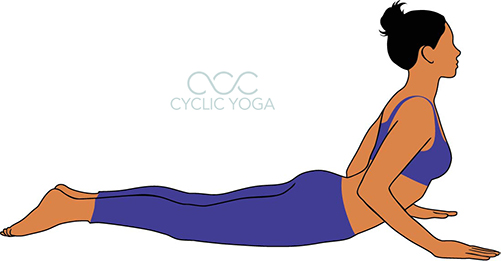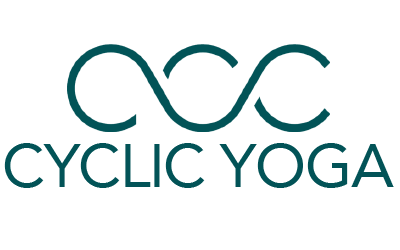Bhujangasana

“A ‘cobra Bhujangasana” means snake’. The snake is a symbol of consciousness in nature, a symbol of power, self-esteem and this motion creates the same psychological conditions in human beings.
Benefits:
- Reduction of additional fat in the pelvic and lumbar region
- Strengthens the spine erector
- Strengthens the Rhomboids
- Stretching out the muscles of the chest cavity and the intercostal muscles, resulting in increasing the lung capacity
- Treatment for bladder dysfunction
- Leads to the regulation of the secretion of Adrenal Glands
- Leads to the elimination of digestive problems
- Leads to the alleviation of simple backaches (lumbar region)
Restrictions:
- Hypertension
- Problems in the lumbar region
- Cardiac conditions / diseases
- Hernia discomforts
- Intense Myopia
Muscles active in Cobra Movements:
- The gluteus maximus muscle of the hip joint is raised to the rear and the pelvic is lowered
- The musculus quadriceps femoris are straightened
- The spine erector muscles causes a curve in the back
- The lower trapezius muscles of the shoulders are pulled back and down
- The posterior deltoid muscle pushes the shoulder back towards the vertebrae
- In the advanced Cobra (movement) the triceps straighten the elbows
- The major and minor pectoralis helps to expand the chest cavity
Preparations for the Cobra Position:
Salabhasana and its varieties
Sphinx
Observing important points in the Cobra Movement:
- Press the front of the legs on the ground as this activates the leg muscles and the chest is lifted more easily
- The shoulders are kept at a distance from the ears and the upper part of the back is supported during arching or curving and when pulling the chest forward
- The domain of lumbar and cervical or neck movements in relative to the medial vertebrae is more and some individuals do not coordinate the lumbar vertebrae with the medial ones, thus maintaining an intensive curve, which causes lumbar injury
- An over intensive arc of the neck, without a coordination with the curvature of the medial vertebrae, leads to damage in the cervical or neck region. The correct movement is that, instead of throwing the head back, the sternum is pulled upwards
- Maintain normal spacing between the vertebrae
- Those with less flexibility can place their fingers on the ground at a distance from the shoulders and press the front of their legs on the floor, pulling the chest cavity upwards and forwards. In this condition, the arms must be prolonged from the shoulders
- Those with high flexibility can maintain an advanced Cobra position by bending the knees, stretching the head and neck and the chest cavity in an rear and upward position and simultaneously bring the calves and the soles of the leg and feet towards the head so that the head is in contact with the toes
- After the Cobra movement, the performance of prostration is suggested
- In order to keep a fixed distance between the legs, a strap should be used around the calves
Auxiliary equipment for Cobra:
- To raise and bring the chest cavity forward, two cubes under the palms and or a pillow at the tail end of the ribs can be used
- In order to fix the distance between the legs, a strap around the calves of the legs can be used
